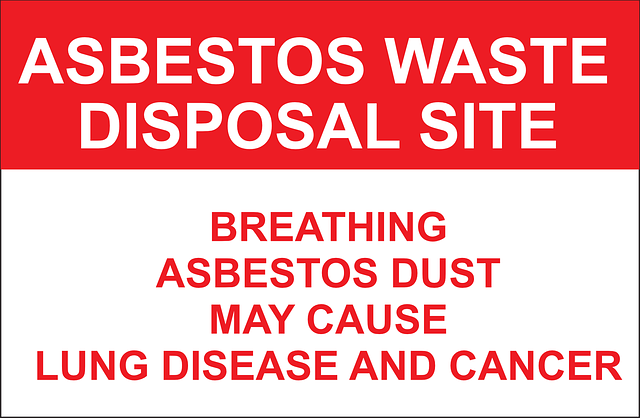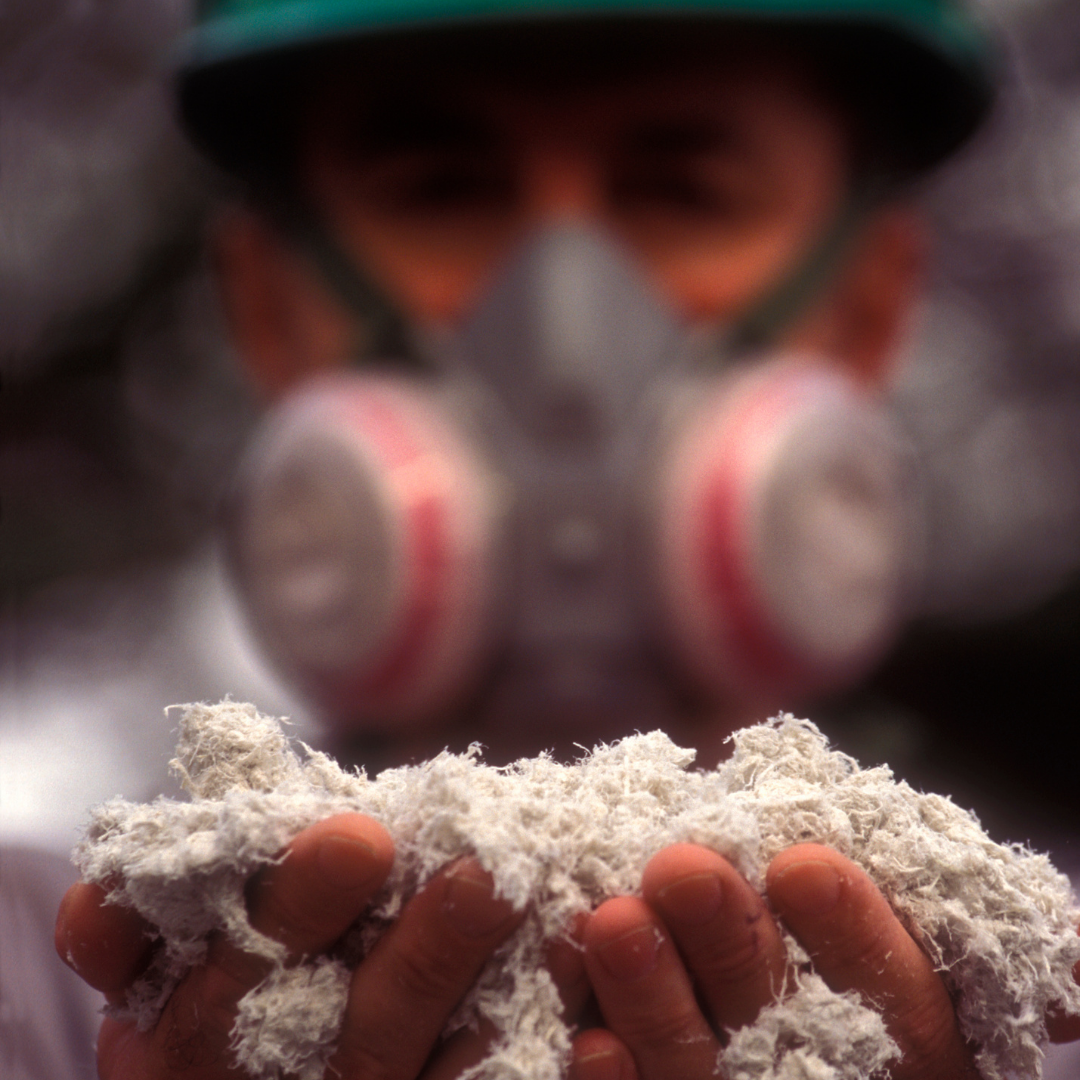What is Asbestos?
Contact with asbestos is one of the biggest health risks workers face when working on older construction sites. Every year, thousands of people die from asbestos-related illnesses.
As a provider of asbestos awareness training, this is featured on today’s blog. Let’s take a look at what their training entails and how it can prevent workers from becoming ill due to asbestos exposure.
What is asbestos?
- The term asbestos refers to a group of fibres that were commonly used in building throughout the early 1900s. The fibres are exceptionally strong, versatile, and cheap, making them ideal for a variety of construction projects. However, asbestos has since proven to be extremely hazardous to people’s health.
- Due to asbestos fibres’ small size, they can be easily ingested by workers and people living in the property, often without them realizing it. Upon entering the body, asbestos fibres can lead to a number of health problems, with the lungs being the most commonly affected area.
- A variety of cancers have been linked to asbestos. The substance has been linked to mesothelioma, a form of cancer caused directly by it. Asbestos-related deaths increased by 5,000 in 2021, with 2,369 deaths caused by mesothelioma.
What does asbestos look like?
- The small, flexible fibres of asbestos make it extremely difficult to identify the material. There are several types of asbestos, each of which has properties that makes it particularly useful for certain types of construction materials. In the UK, you are likely to encounter 3 main types, all of which are distinguished by their colors:
- Chrysotile – White asbestos . Shown on the right is the most common type of asbestos which is primarily used in roofing but also added to many products such as cement, tiles and walls.
- Amosite – Brown Asbestos. Commonly used in insulating boards.
- Crocidolite – Blue Asbestos. Incredibly strong and thin. Considered the most dangerous type of asbestos.
There are three additional types of asbestos which are incredibly rare and unlikely to be found on UK sites. These are known as:
- Anthophyllite – Brown (very similar to amosite)
- Tremolite – White or Pale Green
- Actinolite – Grey or Green
When was asbestos banned?
-
The substance was illegal for use in the UK in 1999. It is taboo in most advanced nations, but remains legal in countries like Brazil and Russia. As well as the substance being banned from use, it further must be disposed of appropriately in a sense that does not risk employees, the public or the surroundings.
-
Any constructions built before 1999, such as houses, schools and warehouses, have the potential to include asbestos. Because of this, it is vital that anyone operating construction work on older properties is aware of how to recognize asbestos in order to avoid the substance.
How long does asbestos awareness certificate last?
- Successful learners will receive an accredited certificate valid for 1 year upon completion of our asbestos awareness course.
- To stay current with new developments and keep up to date with asbestos-related dangers, it’s important for workers to regularly renew their training.
How many types of asbestos training are there?
- We offer a variety of approved asbestos training courses at PGL Midlands.
- We provide learners with a complete overview of the properties and risks of asbestos in our Asbestos Awareness course. Learning about the substance and what to do if they come into contact with it will help learners be able to avoid coming into contact with it.
- A successful learner will receive an accredited certificate, proving they have the knowledge and skills needed to protect themselves and others from asbestos risk when working in a range of environments.
Non-Licensable Work with Asbestos
- Also available is the Non-Licensable Work with Asbestos course. The purpose of this one-day training course is to provide both the theoretical knowledge and practical skills required to safely work with asbestos-containing materials.
- HSE defines non-licensed work as where the asbestos risk is sporadic and of low intensity and does not exceed 0.1 asbestos fibers per cubic centimeter of air. The course does not provide the required training to remove asbestos with ‘high risk’ levels.
Get Your Training Done with PGL Midlands
- What can PGL do for your training needs? Visit our online course index to view our complete list of courses, NVQs, and more! Our team is also available by phone if you call 0121 240 0375 – You can also send us an email at info@pglmidlands.com.


